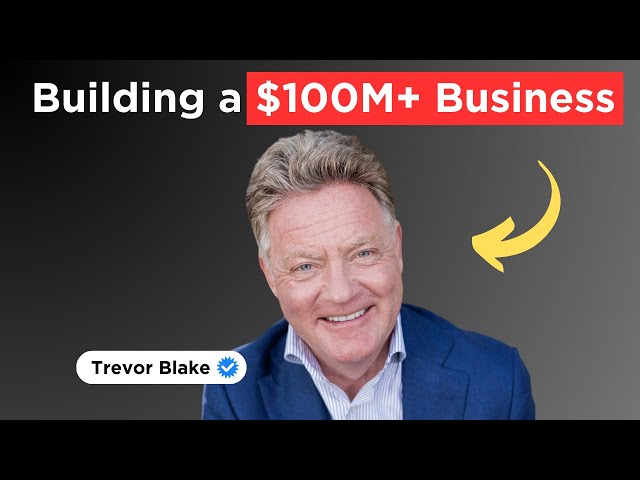I once worked for a company that was struggling…To any outsider the reason was obvious: We were undercapitalised for what we were trying to achieve. The CEO convinced himself it was down to employee performance and corporate branding.We had a new product that clearly could gain a significant market share, and estimated it could go from $0 to (at least) $500 million given the right support and time.But to do that, we’d need a sales force of around 250 people. I was in charge of the commercial aspect and my budget allowed me to hire 7.I proposed to the CEO that we work with a contract sales force that already had 250 people ready to go.With 7 people, I estimated I could get to $5 million in a year.With the CSF model, we could get to $500 million within a few years.
I proposed to the CEO that we work with a contract sales force that already had 250 people ready to go.
- With 7 people, I estimated I could get to $5 million in a year.
- With the CSF model, we could get to $500 million within a few years.
The problem was that if we went with the second option, it would mean sharing revenue with the CSF (about 60/40 in their favor).The CEO wouldn’t agree.He also thought I was padding the books by offering a low forecast and then making loads of bonus payments for outperformance.So he came up with an ‘alternative’ strategy: He called an emergency company-wide meeting and introduced us to a management consultant who was going to fix things. Then the CEO left the room.The management consultant unlatched his briefcase and poured out a pile of photographs onto the center of the table and announced:
‘Clearly one of the biggest issues is company branding. It’s a muddied message. In front of you is a pile of photographs of animals. I want you to discuss it among yourselves and select the animal that most represents where this company is today.’
To my utter surprise, the staff loved the exercise and jumped right into why the company looked more like an elk than a rat.
After about an hour I lost the will to live, excused myself and went outdoors for fresh air.
To cut a long story short, I later found out that the consultant was recruited at the CEO’s church. A shake of hands, an exchange of business cards, and the company’s fate was in the hands of a complete stranger.
The company was sold 18 months later after the share price spiralled down and by which time I had left to start my first company QOL Medical LLC.
The purchaser had a sales force of 300 and within 3 years had sales at $500 million.
My point?
I like coaching, but I do so with the following rules:
- 1No pictures of animals.
- 2No staff meetings. No presentations. No programs.
- 3No preconceived notions.
- 4I speak to everyone but not inside the workplace. We go outside for a walk or for coffee. No complaining or whining is allowed only objective observations and brainstorming. What anyone tells me remains private, but when collated can help form an overall picture. Every opinion counts equally.
- 5I’ll tell you the truth as I see it.
- 6I will not tell you things I think you want to hear, and I will not boost your ego.
- 7Where change makes sense and improvements can be made, I’ll stick around to help you make them happen.
- 8I’ll try to convince you of the power of the feminine and the benefits of meditation.
- 9My reputation is at stake so I need you to succeed and be delighted.
- 10It is all fun, because creating success is fun.
That’s it.
Not much to it really…
But fresh eyes can make a difference — especially if they’re from someone who has actually been there, done that.
Cheers
Trev
P.S. If you’re interested in coaching, I offer both Trevor’s Guild (a low-cost monthly group program where you can ask me anything on our calls)… and Private Business Coaching, which you can check out here.




